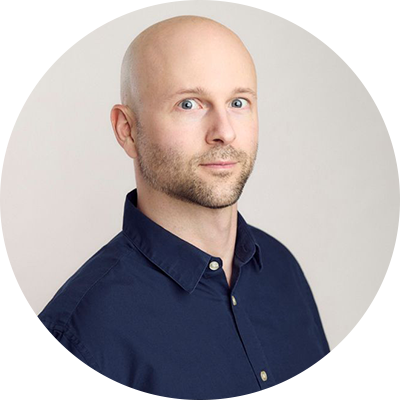What is the maximum insured mortgage amount?
The Liberals have yet to announce a timeline for moving forward with their planned increase of the maximum insured mortgage amount. That gives you a little added time to wrap your head around what it’ll mean for Canadian real estate.
Currently, the maximum insured mortgage amount in Canada is $999,999. Any buyer purchasing a home for that amount or less who provides less than a 20% down payment is required to also purchase mortgage default insurance, which protects lenders in the event of a default or foreclosure.
While paying for insurance adds to the overall cost of a mortgage, it comes with an inarguable benefit: lower down payment requirements.
For homes priced up to $499,999, buyers are required to provide 5% of the purchase price as a down payment. For homes in the $500,000 to $999,999 price range, an additional 10% of the amount over $500,000 is required.
For homes priced $1 million and above, buyers are required to provide a minimum down payment of 20%. That means any home in this price bracket will require a down payment of at least $200,000. There is no mortgage default insurance required for homes in this price range.
The Liberal plan, if enacted, would see the automatic 20% down payment kick in at $1.25 million instead of $1 million. If the down payment calculation remains the same for insured mortgages once the change kicks in, the down payment required for a $1,249,999 home would be $100,000 as opposed to the $250,000 it is today.
Empower your investments with Qtrade
Discover Qtrade's award-winning platform and take control of your financial future. With user-friendly tools, expert insights, and low fees, investing has never been easier.
Start Trading TodayWho benefits?
During a recent appearance on the Canadian Mortgage Weekly podcast, Barrie, Ontario-based Verico Mega Mortgage broker Joe Bladek described the awkward position many of the province’s buyers find themselves in: Unable to cobble together 20% down payments for the homes they want, their offers often top out at $999,999 — regardless of how high the home is expected to sell for.
Increasing the maximum insured mortgage amount for these buyers, Bladek said, “is going to be great news for them.”
And he’s right. Buyers who are shut out of the $1 million to $1.25 million range because of today’s steep down payment requirements will have a fresh opportunity to get into homes of their own. They may also benefit from receiving lower interest rates on their home loans because of the decreased risk associated with insured mortgages.
But to take advantage of either perk, buyers will have to move quickly.
“If [the Liberals are] going to increase the mortgage ceiling from a million to $1.25 million, they are, by definition, increasing affordability,” says Bosley Real Estate agent David Fleming. “But they’re also going to push prices higher with that policy.”
The real winners, ironically, may wind up being sellers.
Why prices are likely to rise
In an ultra-competitive, inventory-strapped real estate market like Canada’s, it’s not hard to imagine what might happen when thousands of desperate buyers can suddenly increase their maximum offers by hundreds of thousands of dollars: They will do just that.
If their lender decides they can afford it, and the only thing preventing them from buying a home previously was the colossal down payment associated with $1 million properties, why wouldn’t they?
Properties in the $1 million to $1.24 million range will almost certainly experience a sudden surge in demand. Buyers, energized and emboldened by their newly fattened budgets — but still fighting over a historically low number of properties — will, like millions of homeowners before them, be forced to bid until they hit their price ceiling. From this point on, however, that ceiling will be a quarter of a million dollars higher.
“Overnight, every house that’s listed for $999,000 will be selling for $1.1 million,” Fleming says.
You can’t add more buyers to the housing market — or any marketplace that’s starved for inventory — and expect affordability to improve.
“Raising the max insured amount is just going to bring a few more potential first time buyers into the market, but isn’t necessarily going to have any impact on the struggles buyers are having,” says John Lusink, president of Right at Home Realty.
What could improve affordability? Both Lusink and Fleming feel that the solution to Canada’s housing crunch must begin with the rapid building of new supply.
“Remove red tape and improve the timeframes to bring new homes to market,” Lusink says. “The average timeline for new construction has more than doubled in the last two decades from an average of nine months to 21 months.”
But Fleming says the Liberals’ hands are tied because housing is a regional matter.
“There is absolutely nothing the federal government can do. It’s all about the municipalities and the provinces.”
Trade Smarter, Today
Build your own investment portfolio with the CIBC Investor's Edge online and mobile trading platform and enjoy low commissions. Get 100 free trades and $200 or more cash back until March 31, 2025.







